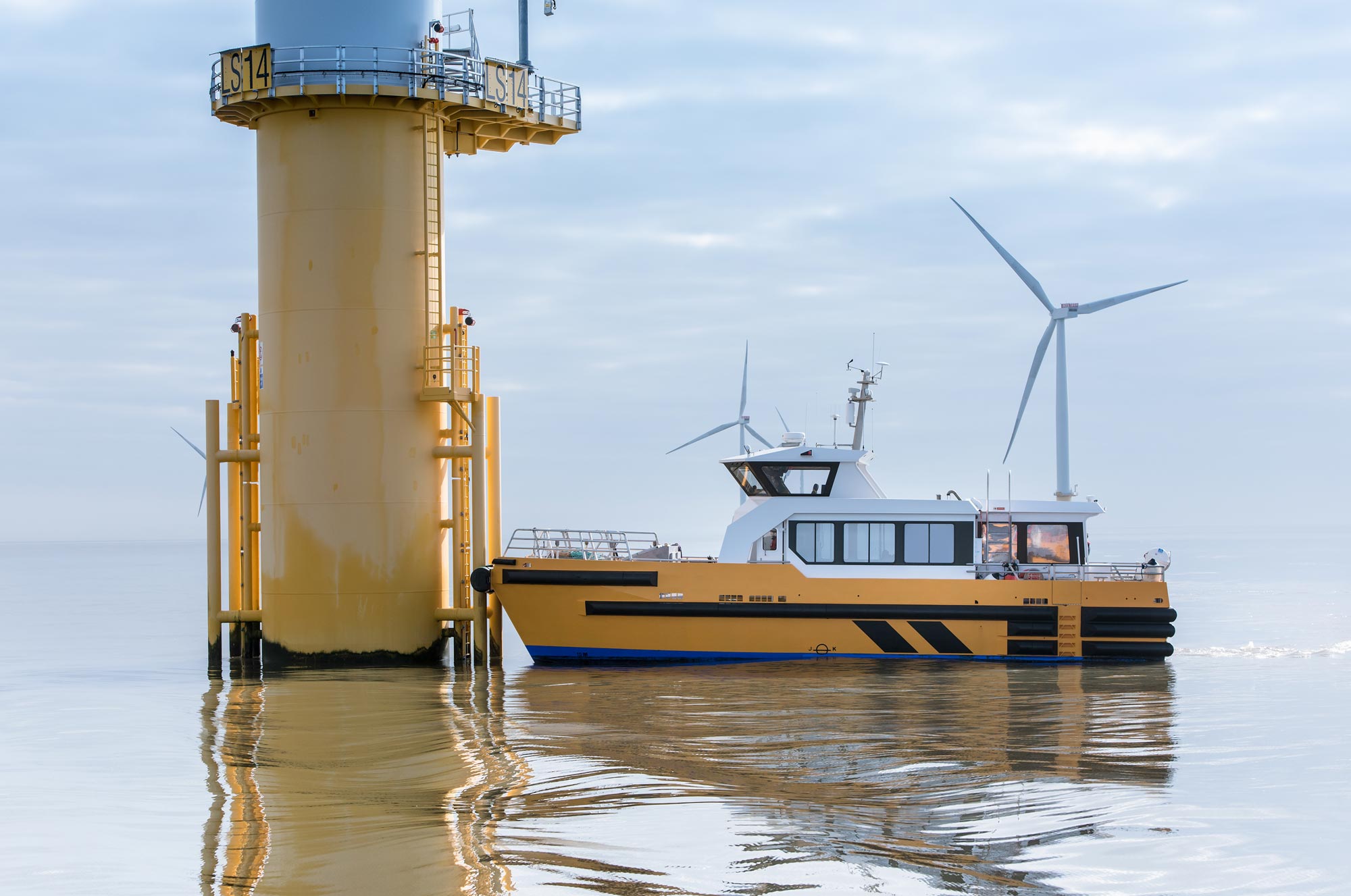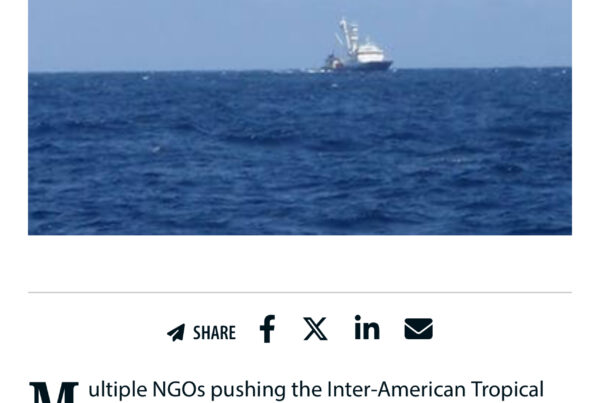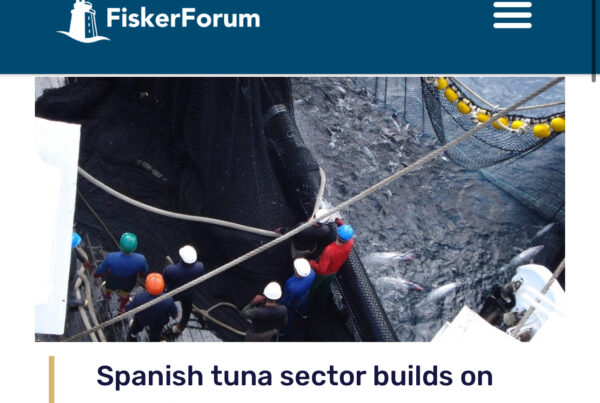Experiments show larval cod will orient themselves toward the simulated sound of a turbine.
Offshore wind is one of the fastest-growing sources of renewable energy, and with its expansion comes increasing scrutiny of its potential side effects. Alessandro Cresci, a biologist at the Institute of Marine Research in Norway, and his team have now shown that larval cod are attracted to one of the low-frequency sounds emitted by wind turbines, suggesting offshore wind installations could potentially alter the early life of microscopic fish that drift too close.
Cresci and his colleagues made their discovery through experiments conducted in the deep fjord water near the Austevoll Research Station in Norway. The team placed 89 cod larvae in floating transparent mesh chambers that allowed them to drift naturally, then filmed as they subjected half the fish in 15-minute trials to the output of an underwater sound projector set to 100 Hz to mimic the deep thrum put out by wind turbines.
When left to their own devices, all of the cod larvae oriented themselves to the northwest. Like the closely related haddock, cod have an innate sense of direction that guides their ocean swimming. When the scientists played the low-frequency sound, the baby fish still had a northwest preference, but it was weak. Instead, the larvae favored pointing their bodies in the direction of the sound. Cresci thinks the larvae may be attracted to the 100-Hz sound waves because that low frequency is among the symphony of sounds sometimes part of the background din along the coastline or near the bottom of the ocean where the fish might like to settle.



